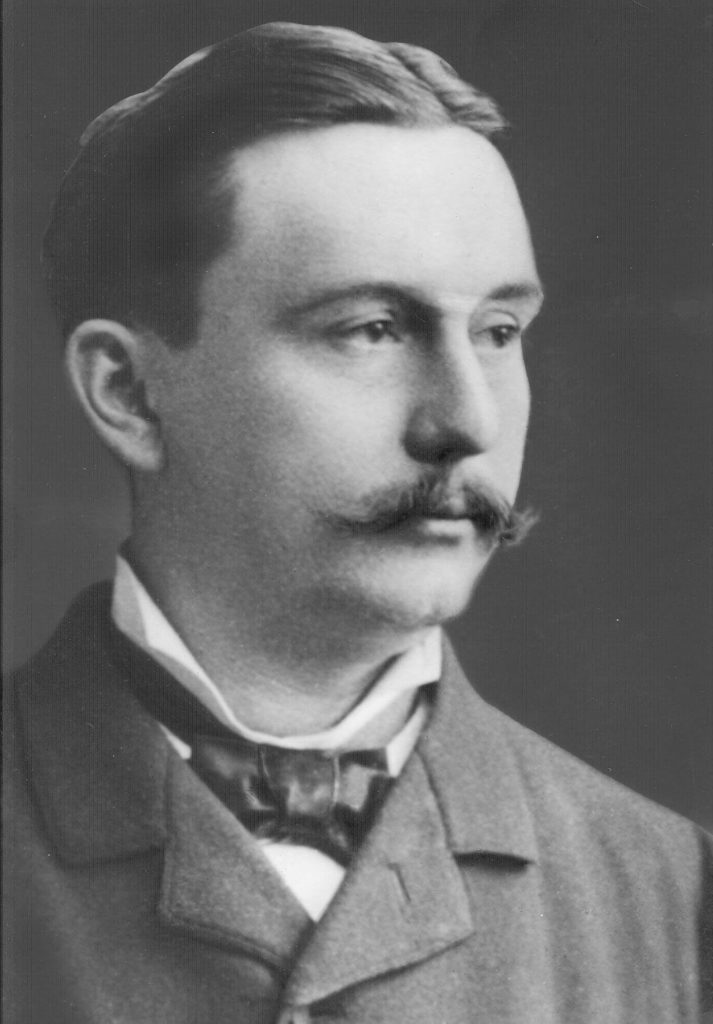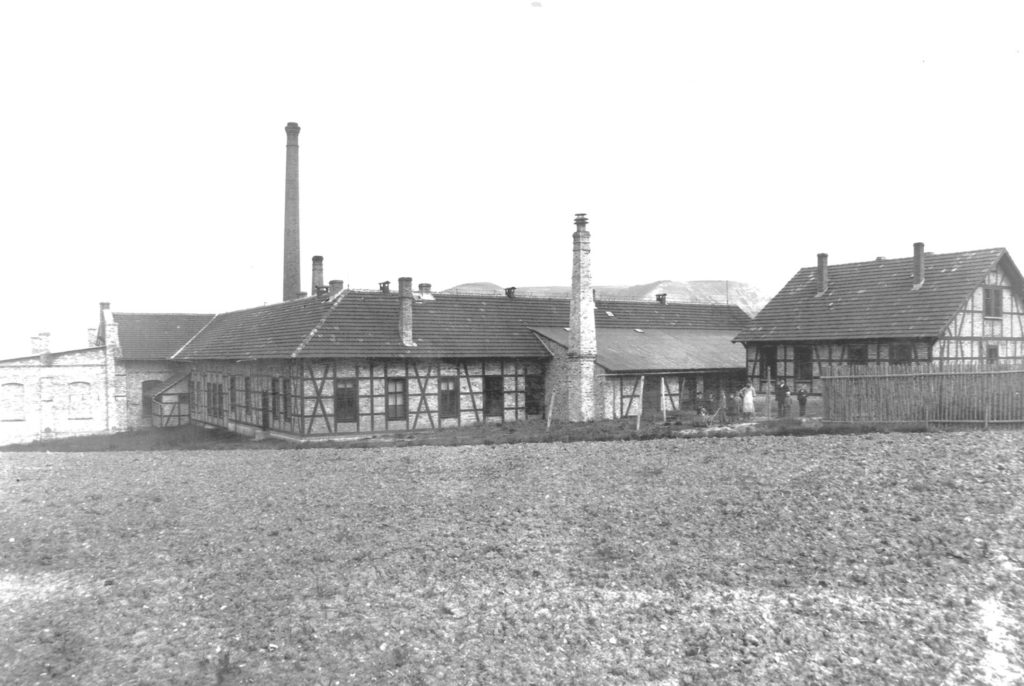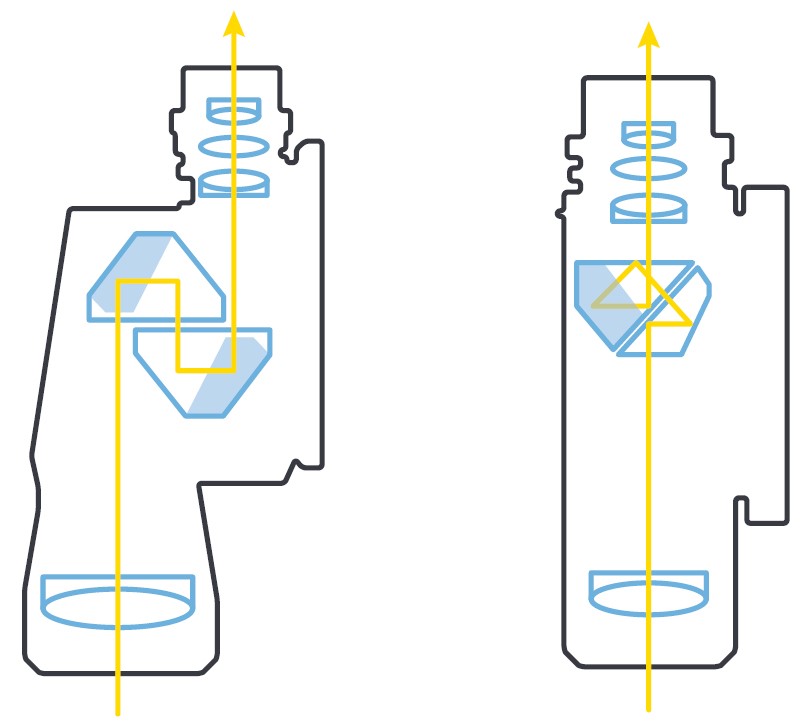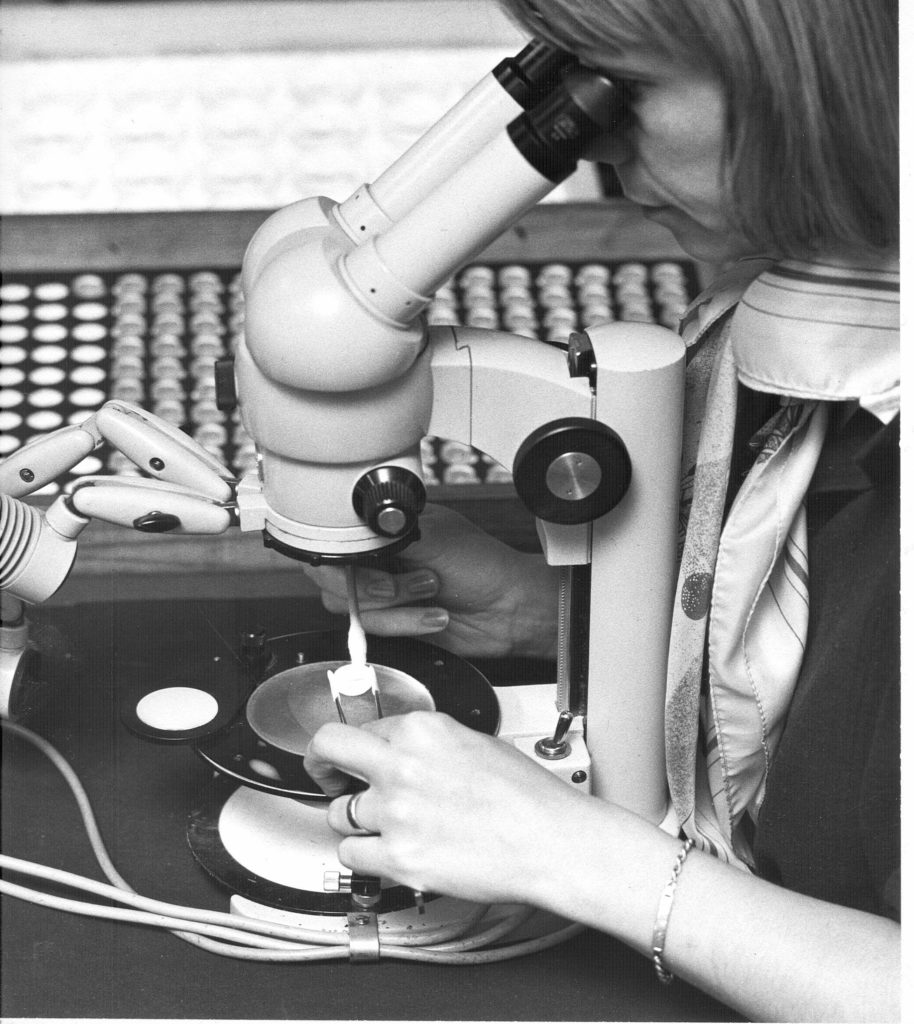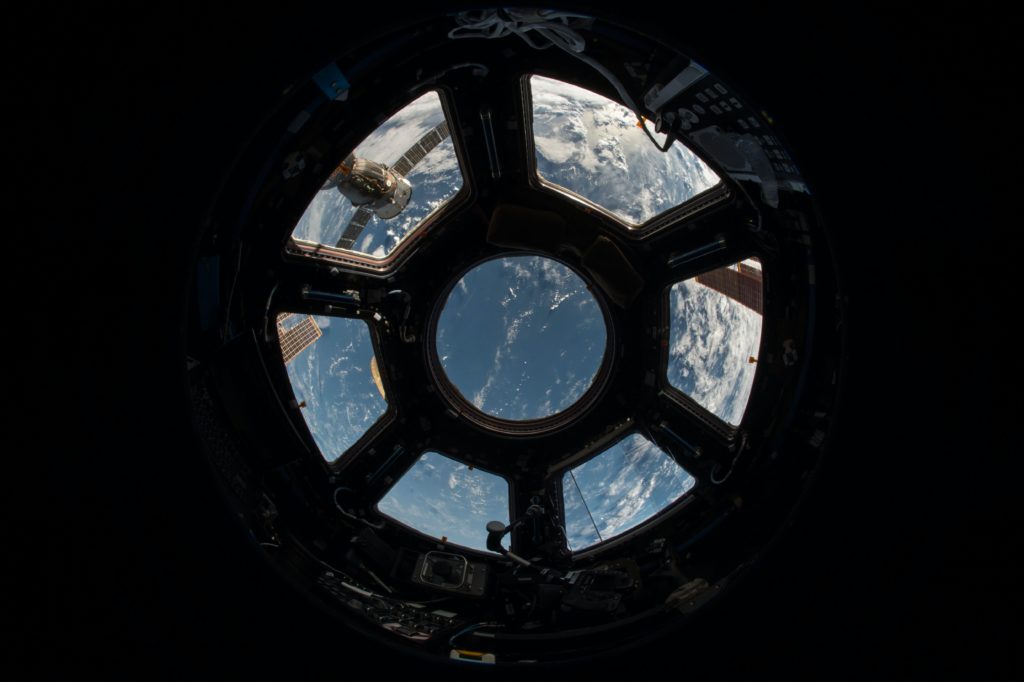Innovation has a 175 -Year Tradition at ZEISS
On the occasion of the company’s 175th anniversary, ZEISS is offering an exciting look back and forward at the company and its history in a series of historical articles on the company’s history and its influence on the development of innovations and today’s technologies in the fields of hunting and nature observation.
ZEISS has always been leading advancements in the world of optics with its groundbreaking developments. Milestones include the Abbe-König prism that is still in use today, the T* antireflective coating, and light transmission values of 95 percent – first achieved in the Victory HT series. ZEISS has been a pioneer in the field of riflescopes for hunting since 1904 – and today holds the record for the world’s finest illuminated dot.
ZEISS has always understood how to skillfully marry scientific research with business acumen. Chemist and glass expert Otto Schott’s success in producing glass with novel optical properties played a particularly pivotal role in the company’s development. In 1879, he sent a sample to Abbe – a move that would lead to a fruitful collaboration that would quickly see the two soon working more closely together. In the Schott & Genossen glass technology laboratory (renamed Jenaer Glaswerk Schott & Gen. in 1920 and today known as Schott AG), which the two founded together in 1884, Schott developed more than one hundred new types of glass, the most important of which was the first “apochromatic” lens in 1886. SCHOTT lenses are still the benchmark for ZEISS hunting optics today. The HT lenses used in the Victory HT series enhance light transmission to 95 percent. A high degree of light transmission is particularly helpful during twilight hours and makes it possible to see important details, even in shadowy areas.
Otto Schott, the founder of modern glass science and glass technology, established the Schott & Genossen glass technology laboratory together with Ernst Abbe, Carl Zeiss, and Roderich Zeiss, and developed over a hundred new types of glass there. ©ZEISS Archives
Ernst Abbe introduced another important parameter for the first time that is now essential figure in the world of optics and lens design – the Abbe number! Up to this point, optical glasses were always distinguished from each other only by specifying their “specific gravity”! The Abbe number specifies how the scattering of light (of the various wavelengths) is related to the respective refractive indices. At the same time, the number also indicates the material’s the dispersion, i.e., the color dispersion. This effect can be compared to a prism, in which light is also refracted and broken down into its components. The Abbe number is important for the design of achromatic lenses. These are lens systems with minimal chromatic aberration (longitudinal chromatic aberration).
ZEISS was also a pioneer when it came to prism binoculars, which make it possible to reverse the image without any loss of light, as the surfaces do not need to be mirrored. The result is a uniformly bright, high-resolution image, the advantages of which are particularly evident in twilight and night hunting. The history of roof prisms can be traced back to the Italian Giovanni Battista Amici in around the year 1843. As the name “roof” suggests, the path of the beam passing through the prisms has a shape that resembles the roof of a house. Before the turn of the century, the physicist Ernst Abbe modified the Amici prism into a straight roof prism. Around 1900, Albert König completed development by separating the two prisms with an air gap – a milestone in the history of optics development. This improved straight prism system is known as the Abbe-Koenig prism and was trademarked by ZEISS on July 7, 1901. Beginning in 1911, the ZEISS factory in Jena produced the first straight binoculars with Abbe-Koenig roof prisms. All ZEISS binoculars for twilight use are equipped with Abbe-Koenig systems – the only roof prisms that do not produce a mirror image.
Left: Beam path in a pair of binoculars with Porro prism system.
Right: Beam path in a pair of binoculars with a roof prism system.
Another key factor that makes hunting optics from ZEISS among the brightest on the market is the company’s groundbreaking T* coating. This is an innovative multilayer process that typically consists of six layers and is individually matched to the specific lenses and glass materials. Invented 86 years ago by the Ukrainian physicist Alexander Smakula (1900 – 1983) – at that time head of the crystal laboratory at ZEISS – and continuously advanced and improved, it guarantees unparalleled image quality and continues to set ZEISS products apart to this day.
The lenses are placed on a carrier for vapor deposition at the production facility in Wetzlar in order to apply the ZEISS T* multilayer coating to the finished lenses to prevent reflections and stray light. ©ZEISS Archives.
On the outer objective and eyepiece lenses of many ZEISS models, a further protective coating is now vapor-deposited onto the T* coating to create an extremely smooth surface: the LotuTec coating. It ensures that water beads off without leaving any residue behind and that dirt and fingerprints do not adhere to the surface. The leaves of the lotus plant with their water-repellent (hydrophobic) effect were the inspiration for the name. The LotuTec coating was originally developed for use on ophthalmic lenses, but special adaptations have made it possible to transfer this complex coating technology to high-quality optical lenses in ZEISS hunting optics. In 1990, ZEISS debuted the 20×60 S, making it the first manufacturer in the world to introduce an optical observation system with mechanical image stabilization that makes hands-free, blur-free observation possible, even at 20x magnification. This is an exceptional pair of binoculars designed for the longest distances and even used on the International Space Station (ISS). These and many other technological milestones clearly illustrate ZEISS’ innovative strength, which remains undiminished to this day.
The 20×60 is the first pair of binoculars with mechanical image stabilization that is even used on the ISS. ©ZEISS Archives.
In the next part of our series, we will take a detailed look at our hunting technologies and show what decisive advantages they bring, especially for use in difficult lighting conditions.
